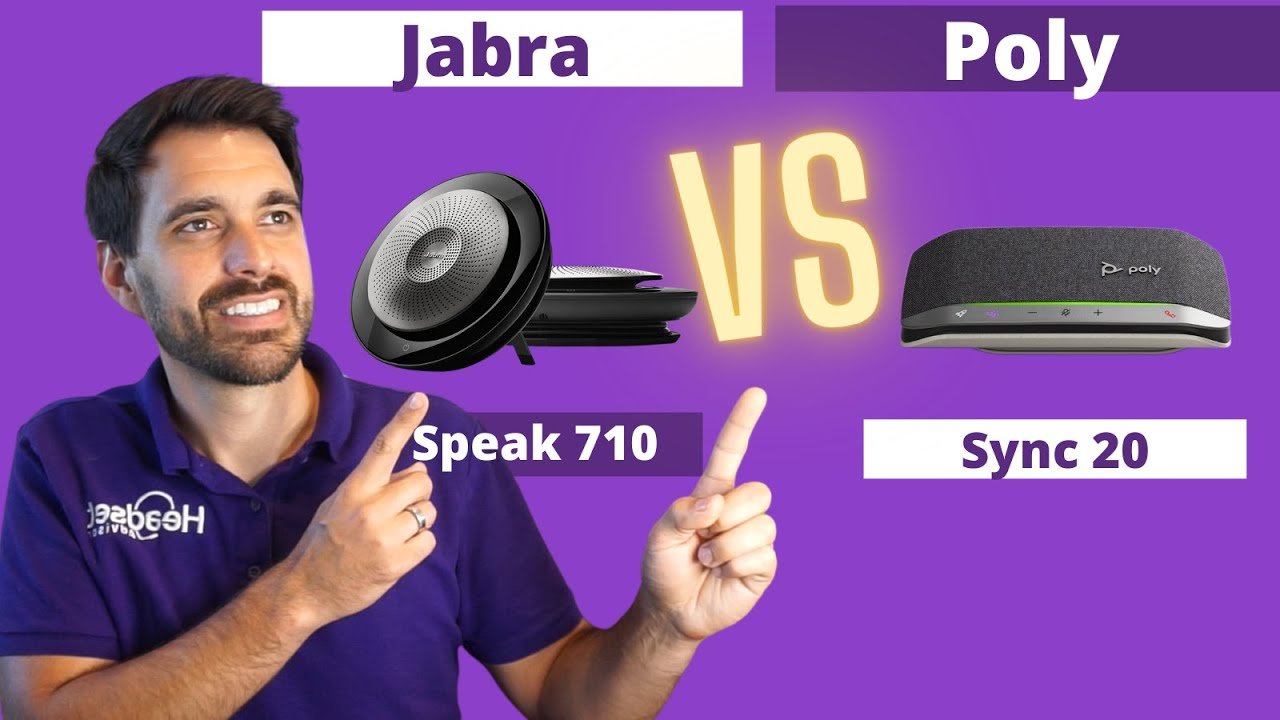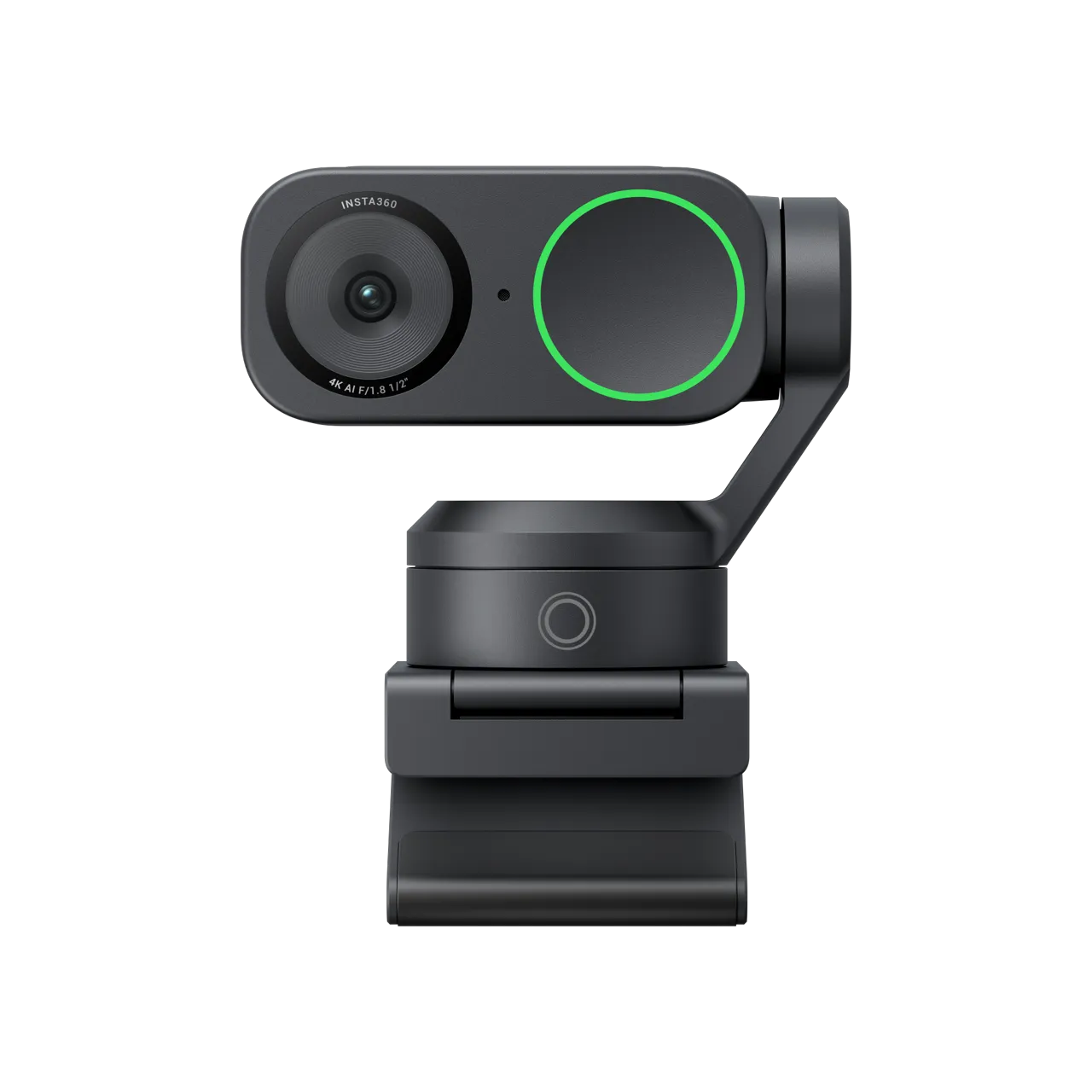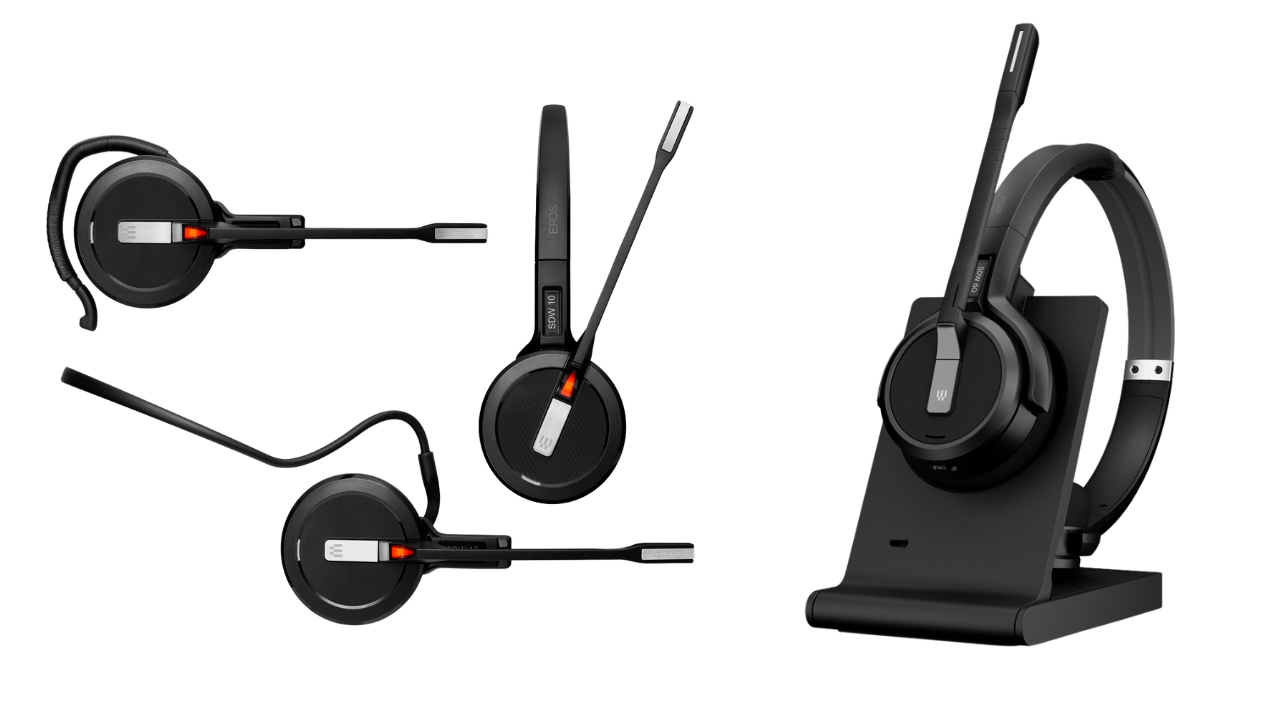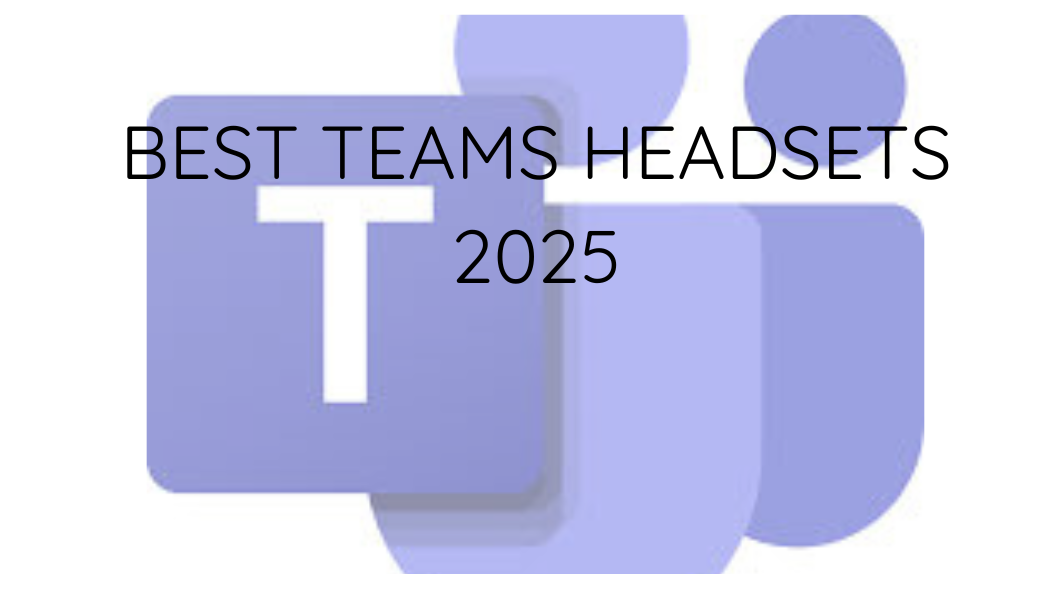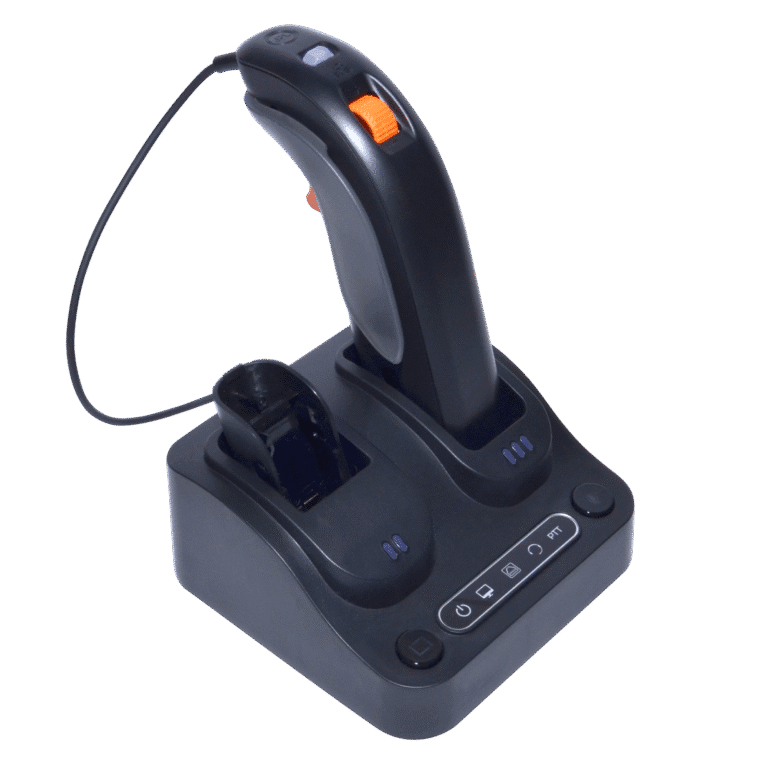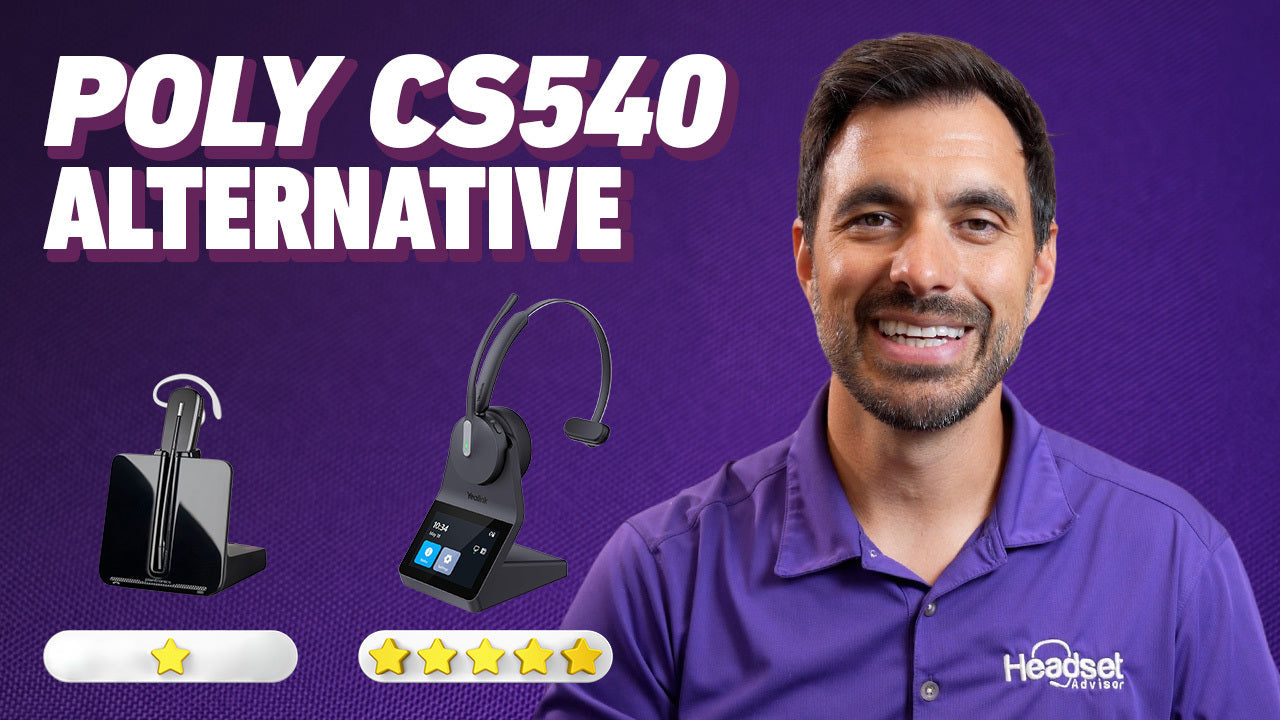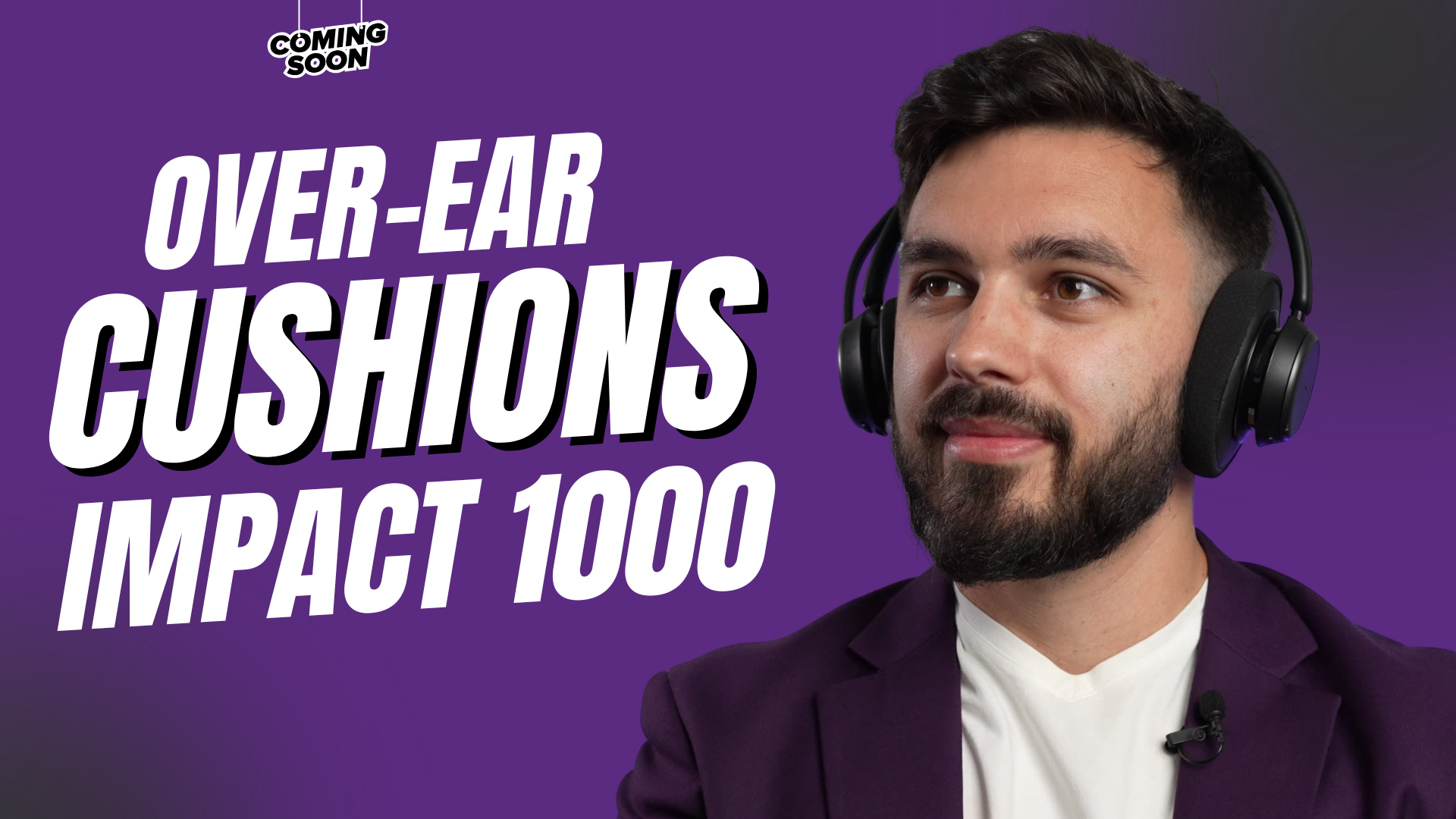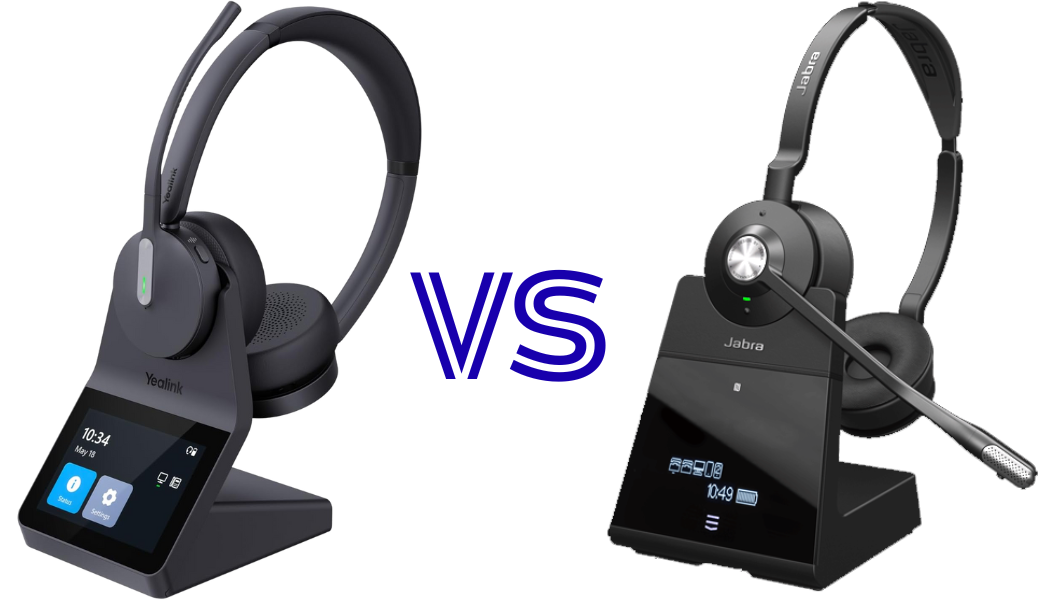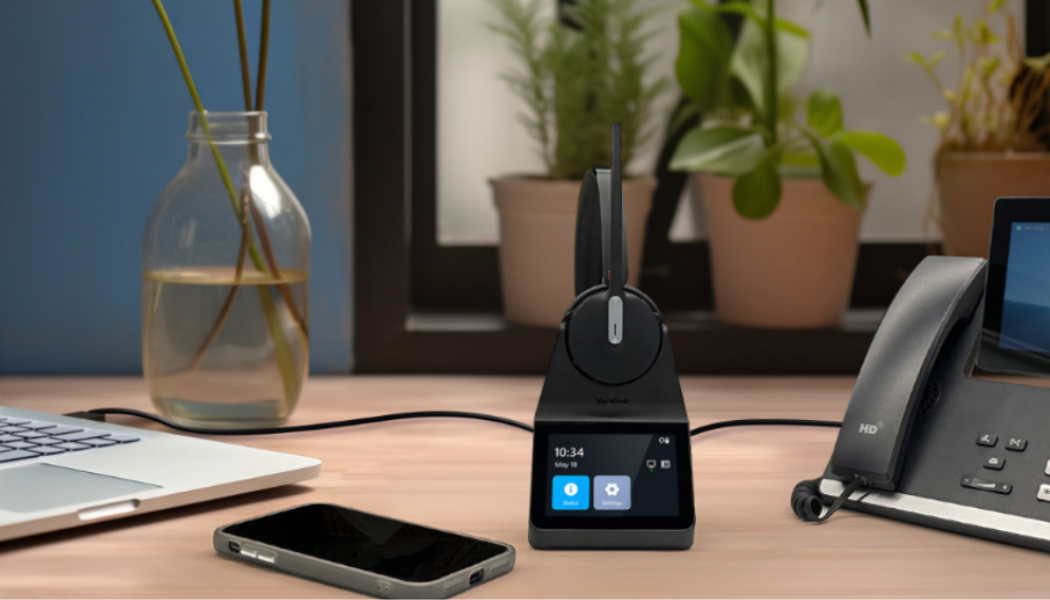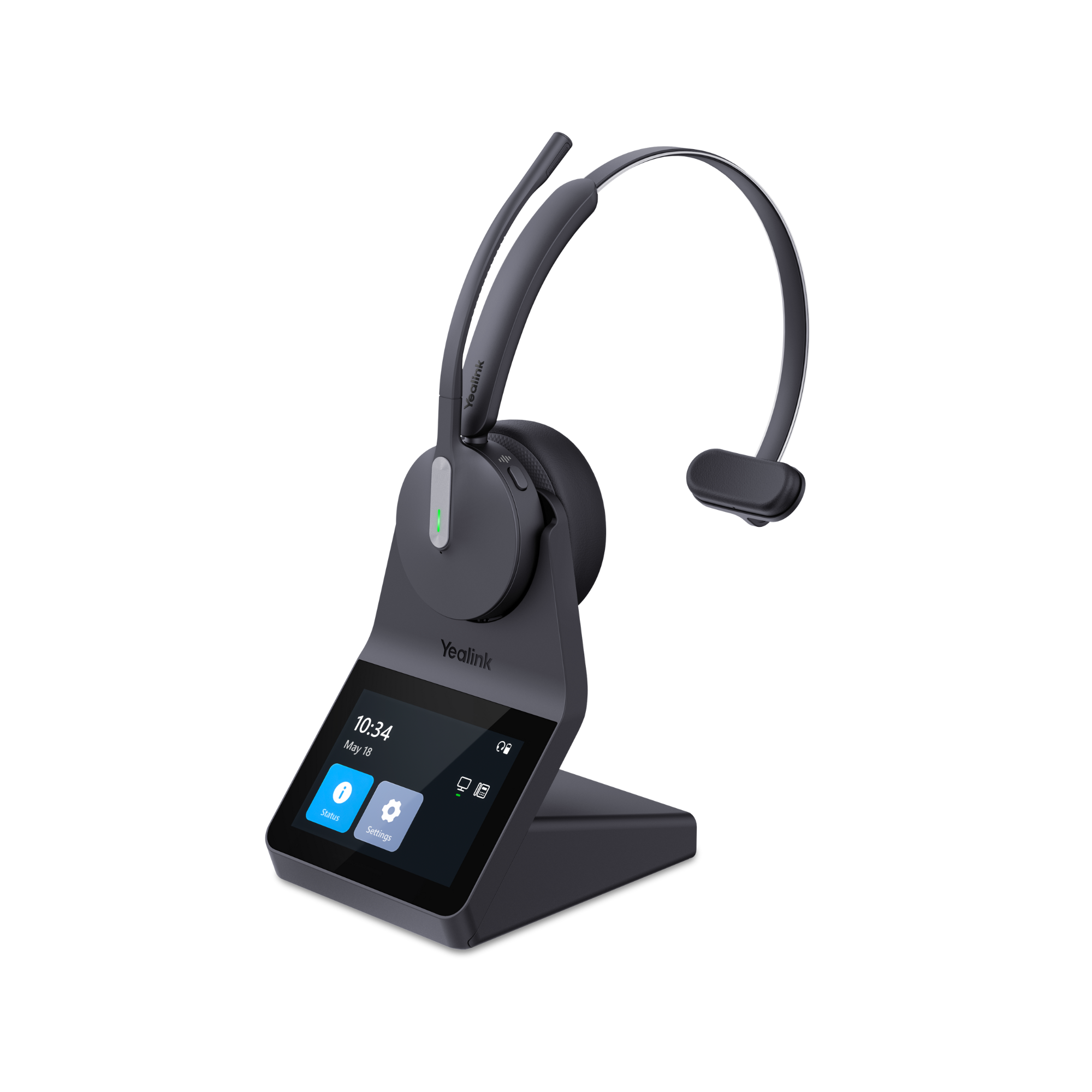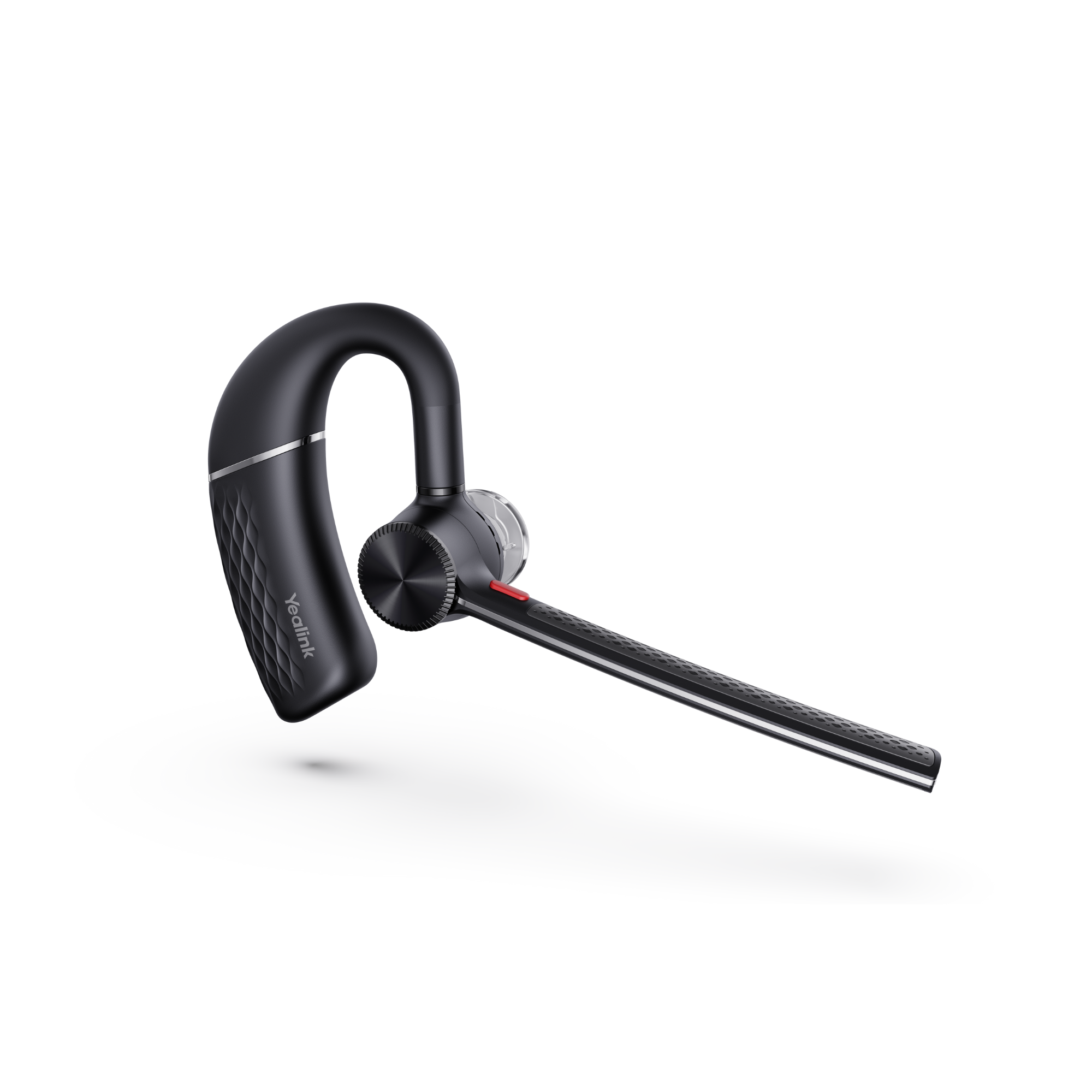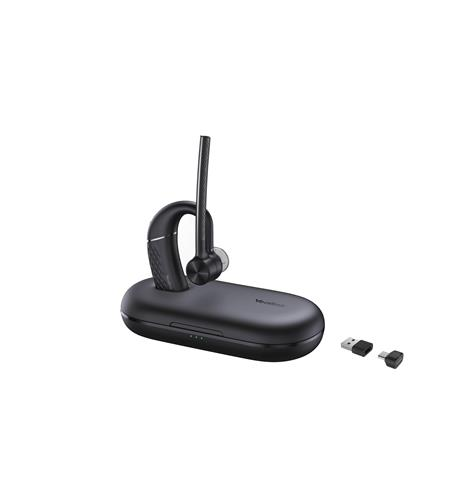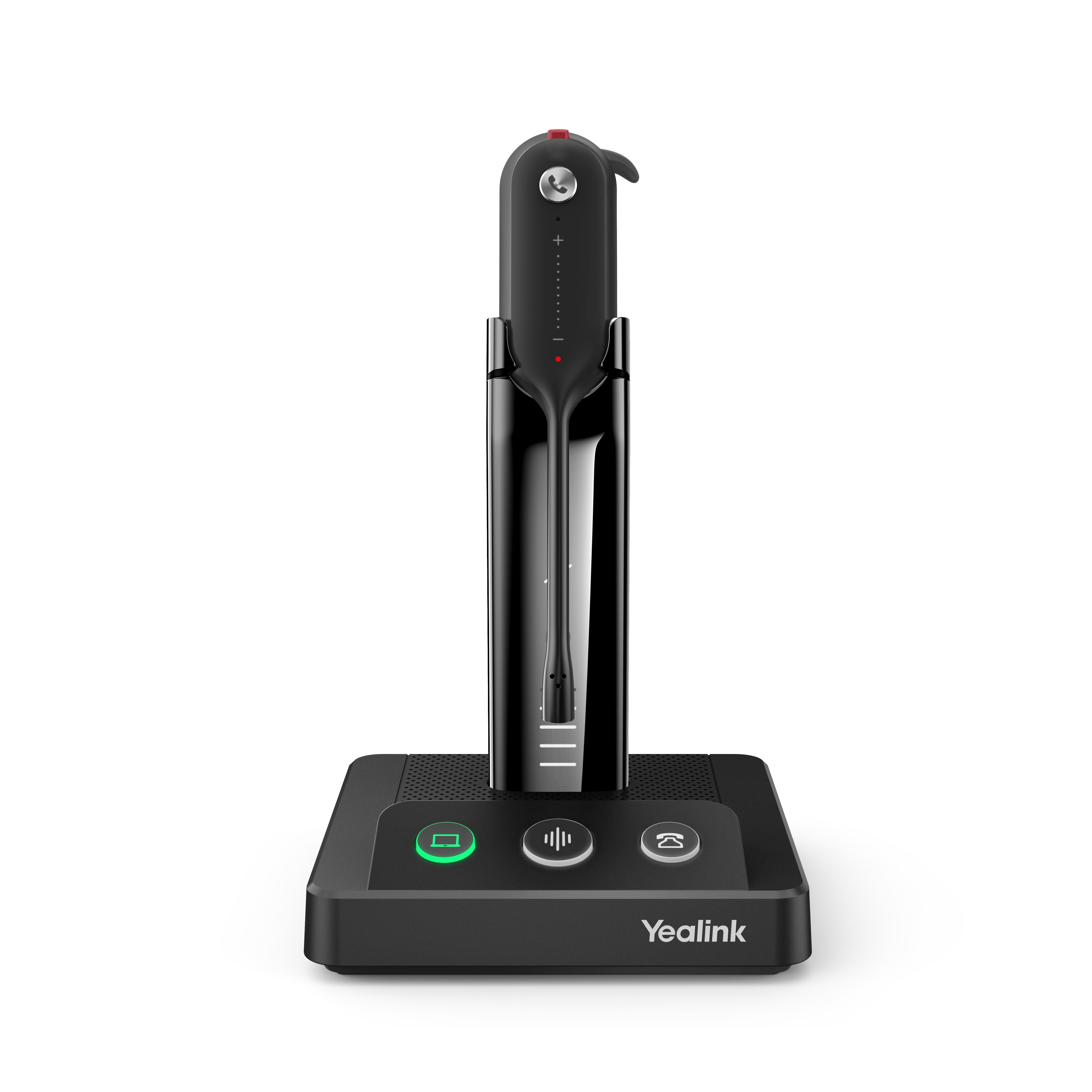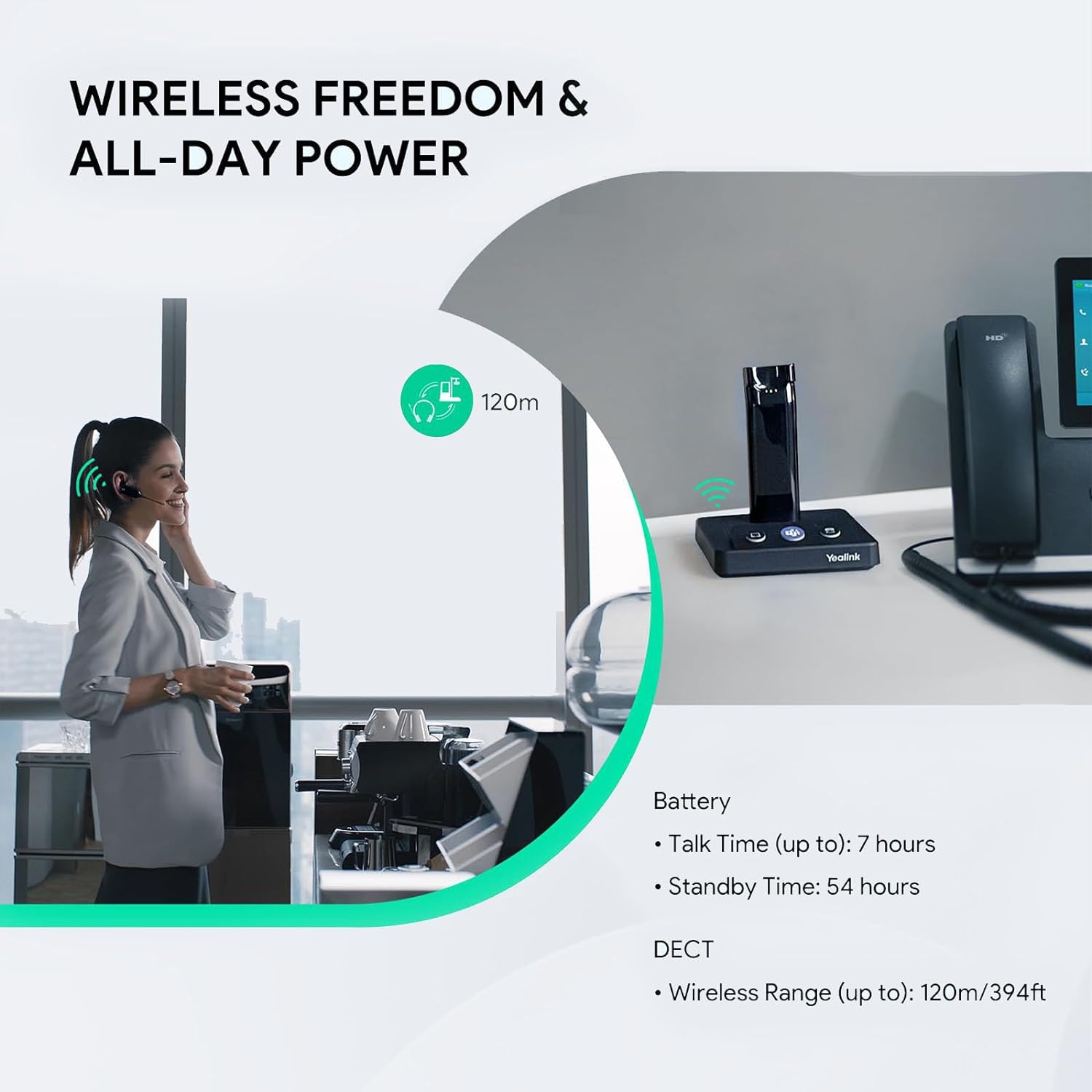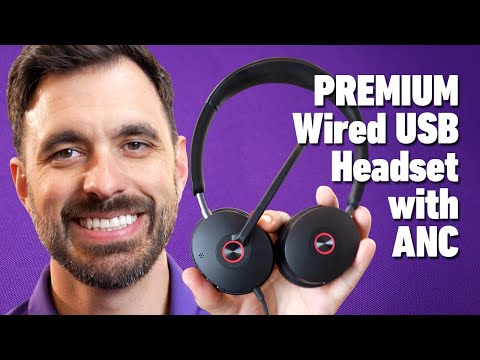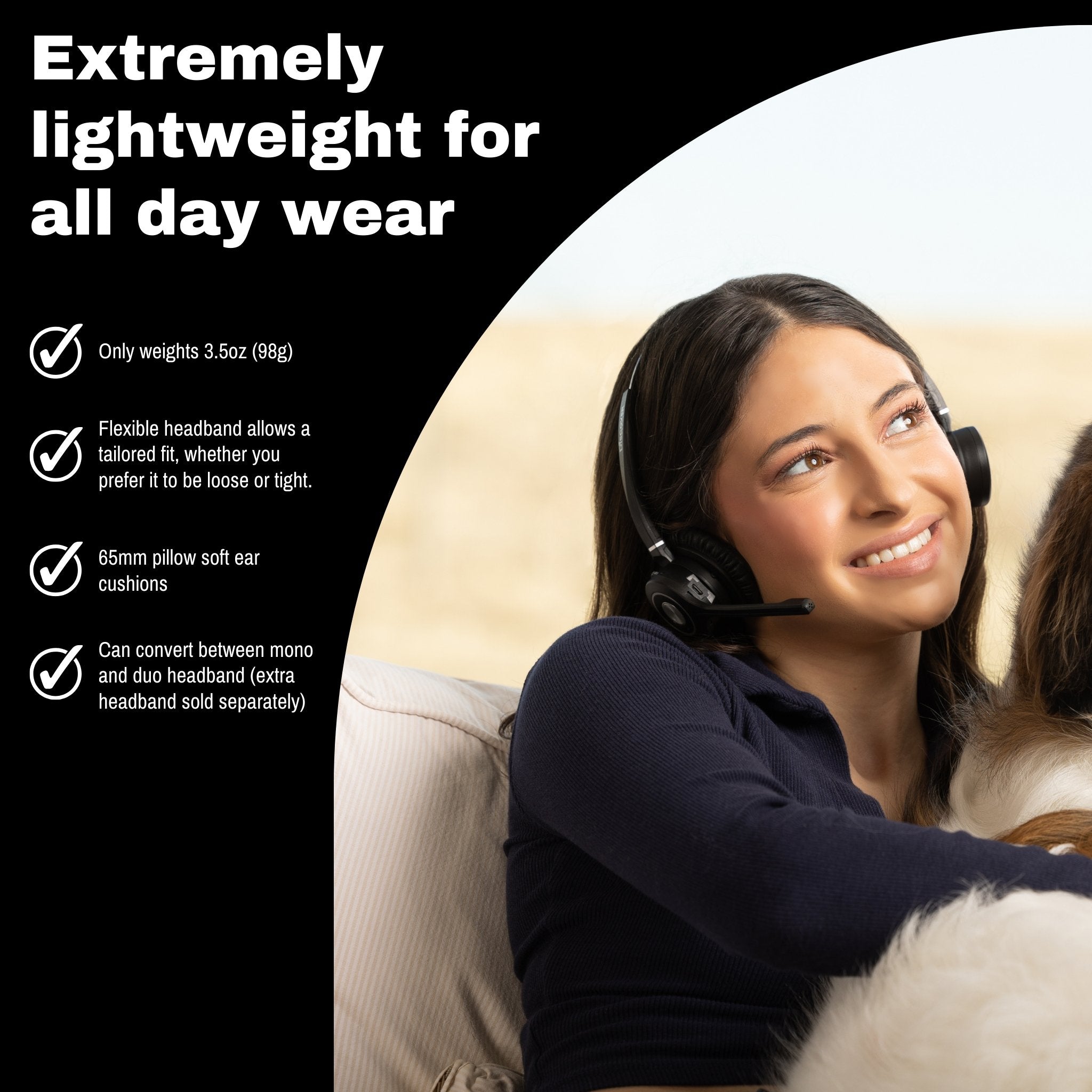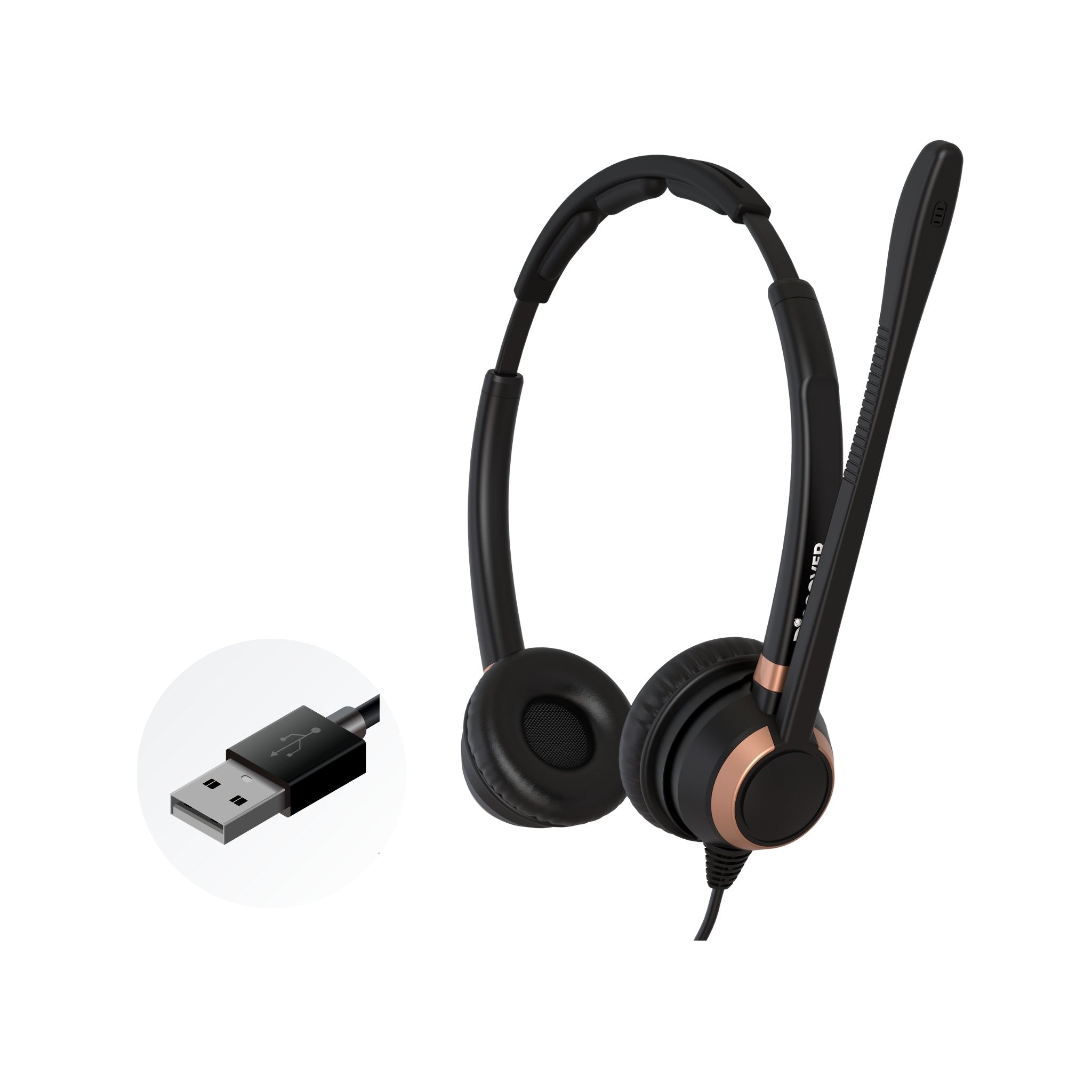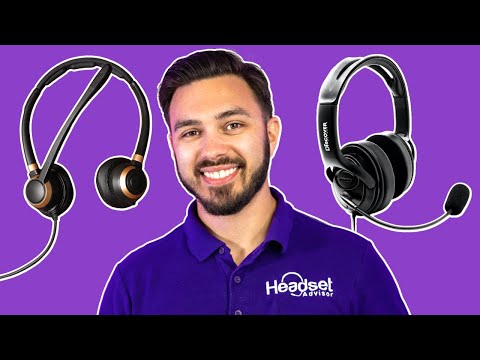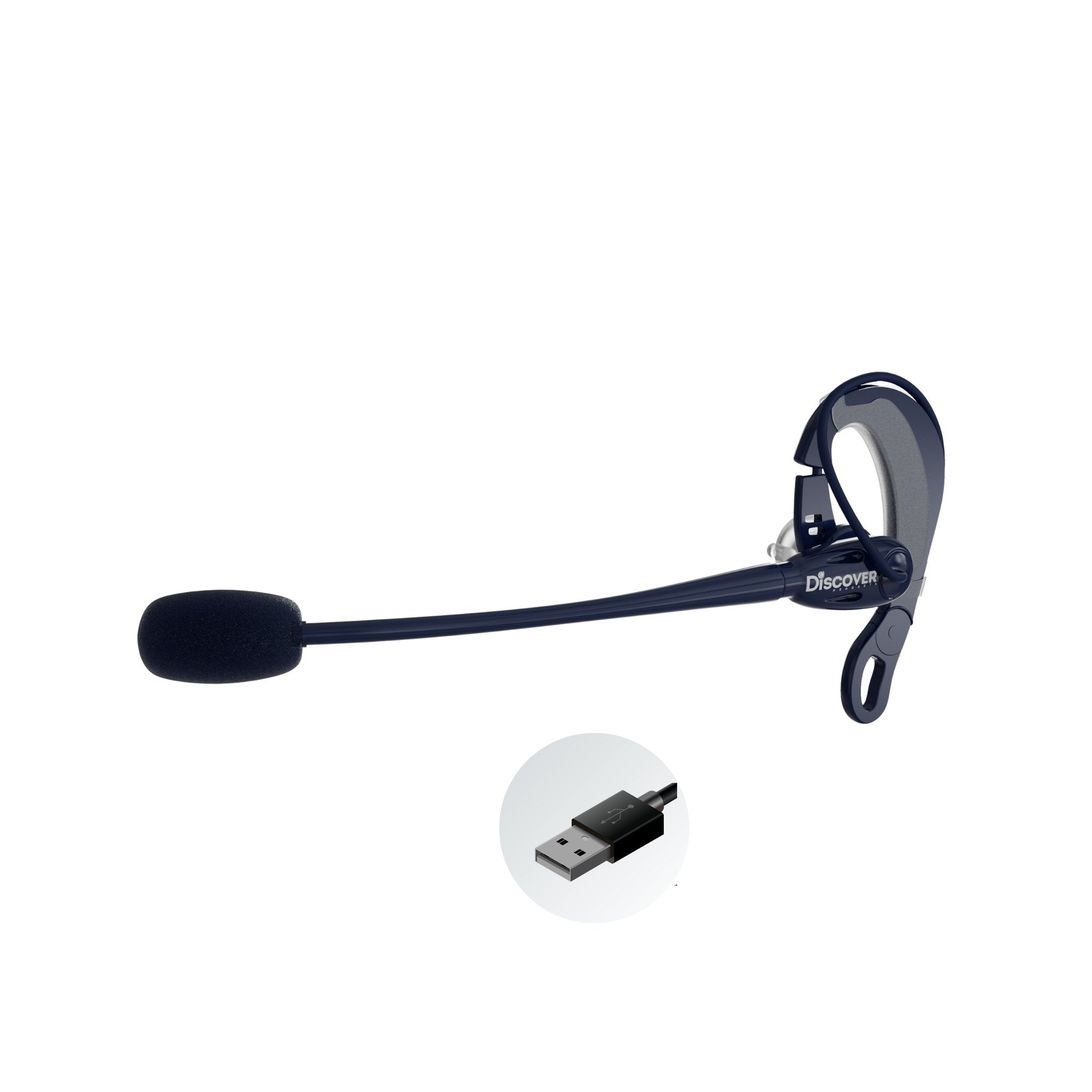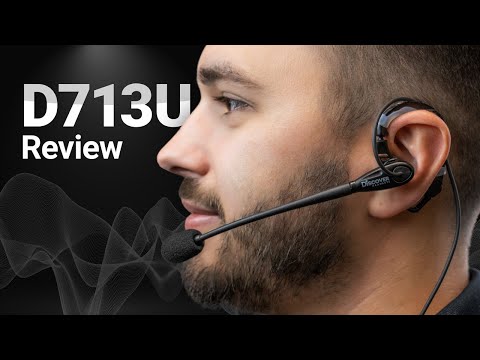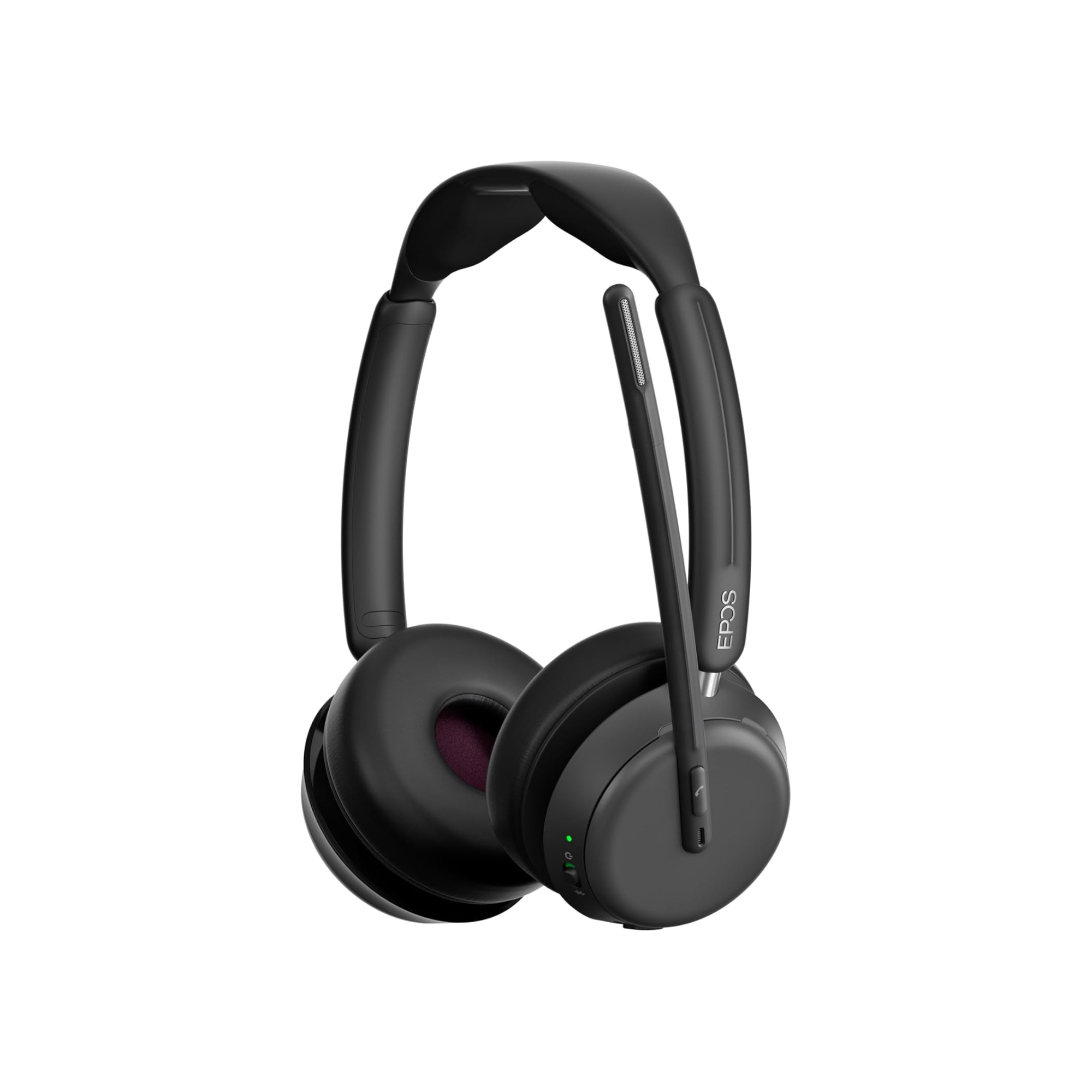If you’re looking for a personal speakerphone that can be used with your video conferencing or Softphone calls, you have several brands to choose from. For example, you could explore the models available from companies such as:
- Konftel
- Poly
- Jabra
- ClearOne
Chances are good that you’ll find one that fits your needs and your budget.
In this blog, I don’t intend to pour through the many personal speakerphone options you have. Instead, I’m going to compare two models from two companies on the list above. Specifically, I’ll be comparing the Jabra Speak 710, and the newer Poly Sync 20.
But, before I get started, I wanted to let you know that I created a video on this. In my video, I compare these two models for their features and sound quality.
So, if you’d like to see them up close and personal, as well as hear how they both sound, and compare, I urge you to watch the video below.
After you’ve done your research, you’re likely going to get to a point where you decide that you want a speakerphone that’s affordable, sounds good and has decent features.
In this blog I’ll cover the features of both speakerphones as well as I’ll mention the MSRP cost on them as well.
General appearance
Though both of these speakerphones look professional, I have to say that the Poly Sync 20 has a more refined look. It’s nicely appointed with a fabric material that covers a good portion of it. The rest of the device is reserved for control buttons. That said, looks will only take you so far, so let’s look further.
Bluetooth Version
The Poly Sync 20 uses Bluetooth version 5.1
The Jabra Speak 710 uses Bluetooth version 4.1
Not being a Bluetooth version expert, I resorted to a quick Google search in order to better understand what the difference is between these two versions.
This is what my Google search returned.
“Speed. Bluetooth 5 is faster than Bluetooth 4 with the format having 2Mbps, twice the speed of Bluetooth 4 about 1 Mbps making the Bluetooth 5 able to meet one of IoT requirements. This is thanks to the 5Mbps bandwidth of the Bluetooth 5 in comparison to 2.1 Mbps of the Bluetooth 4”.
Hopefully that means something to you. For me, I just want it to work well and sound great. Whichever version of Bluetooth is used, is fine by me. But that’s just my opinion because different versions of Bluetooth could make a difference in the right situation. But that’s well beyond my pay grade.
Wireless range
Both speakerphones are rated to provide up to 100 feet of wireless range. I, personally, think that’s a generous, correction, over generous statement.
Wireless range estimates are typically done in an “open field” setting. This means that there are no obstructions to degrade the wireless signal. That’s not realistic because in typical office environments, you have many different types of obstructions such as glass walls, sheetrock walls, concrete and steel walls, partitions, desks, people, elevators and the list goes on.
All these things degrade the signal because the signal must penetrate these obstructions. This leads to compromised wireless range.
Our rule of thumb is to take the stated range, 100 feet in this case, and divide it in half. That would put both of these speakerphones at around 50 feet of usable range. If you use this method, you’ll end up with a more realistic expectation when it comes to range.
Connectivity
The Poly Sync 20 and the Jabra Speak 710 are both designed to work with computers, mobile phones and tablets. They both can connect to a computer via the included USB cable, or they can connect via a USB dongle. The Speak 710 comes with the dongle, where the Poly Sync 20 offers it as an option.
Both models connect to mobile devices via Bluetooth.
One very attractive feature of the Jabra Speak 710 is you can daisy chain two of the speakerphones together wirelessly. That provides you with two omnidirectional microphones as well as two speakers for a stereolike sound. This capability is extremely useful when you have a group of people assembled for a meeting. More microphone coverage, portability and superior speaker sound.
One feature that’s pretty cool on the Sync 20 is it has a USB port that can be used to charge a mobile phone even when being used for a meeting. That’s a nice feature because it seems mobile phone batteries are always needing a charge.
As a footnote the USB cable can also be used to recharge the speakerphone when plugged into a USB outlet, or, AC power adapter that has a USB port.
Microphone
The type of microphones used in these speakerphones are different. For example, the Poly Sync 20 uses a 3 microphone steerable array, where the Jabra Speak 710 uses a single, omni directional microphone that can pick up voices at any angle. Both are rated to pick up voices to around 7 feet.
On the surface, the Poly Sync 20 seems to be the more technologically advanced, and potentially the better sounding conference phone. After all, it has three microphones that are “steerable” where the Jabra Speak 710 has a single microphone. Does this translate to superior sound? I did sound tests on both. Specifically, I did these tests:
- I tested both to see how well they picked up my voice
- I Played music, and cranked up a blender just behind me in the background to see how much of this noise was picked up by the speakerphones when talking. 3. Lastly, I walked abou 8 - 10 feet away from the speakerphones to see how well they did to pick up my voice when not right next to it.
So how did they perform?
Just my opinion, but to me, I felt that the Jabra Speak 710 overall sounded better. It picked up my voice better, and the speaker put out quite a bit more sound when compared to the Sync 20.
Having more speaker sound can make a difference when you're wanting to hear well, or in those situations where you have a group of people on the call. In most cases, more available speaker volume is preferred over less.
I did notice that when there was a lot of noise in the background, the Jabra Speak 710 clipped my voice a bit, where the Sync 20 didn’t. If you expect to be around a lot of noise while on your calls, this is something to be aware of.
However, I feel fairly safe in saying that most people who use a product like this, aren’t in noisy environments. Still, good to know before making your buying decision.
Talk time
The Poly Sync 20 provides up to 20 hours of talk time,
Where the Jabra Speak 710 gives you up to 15 hours. To recharge the battery, the Sync 20 takes 4 hours, where the Jabra Speak 710 takes 3.
If there were an advantage here, I’d say it goes to the Poly Sync 20 as it provides 25% more battery life even though it takes 25% longer to charge.
Warranty
Both models come with a 2-year warranty
Final thoughts
Both of these personal speakerphones have their strong points. The Sync 20 is a very attractive product with a modern technological look. It sounds good, it looks good, it’s priced right and it has a useful USB port to charge your phone.
The Jabra is more versatile because it can be wirelessly paired to a second speakerphone which gives you significantly more microphone pickup and sound. It has a speaker that’s noticeably louder than the Sync 20, and it picks up voices better. But, it costs more.
You can’t go wrong with either of these models, as both are of high quality and manufactured by reputable companies. Determine what your specific needs are and then use the information brought out in this review, and others, to help form your buying decision.
Hopefully you found some value in this side by side comparison.
Have further questions, or need some help?
If you have questions about headsets, and you’re not sure where to turn to get answers, look no further than to Headset Advisor. We’ve been consulting with customers since 1994, and we can be a great resource for you.
Call us, email us, text us or chat live with us. We’re here to help you find the perfect headset that’s comfortable, sounds great, compatible with your system and within your budget. We even have a trade-in program for old headsets, and we offer a monthly headset rental plan too.
Resources

